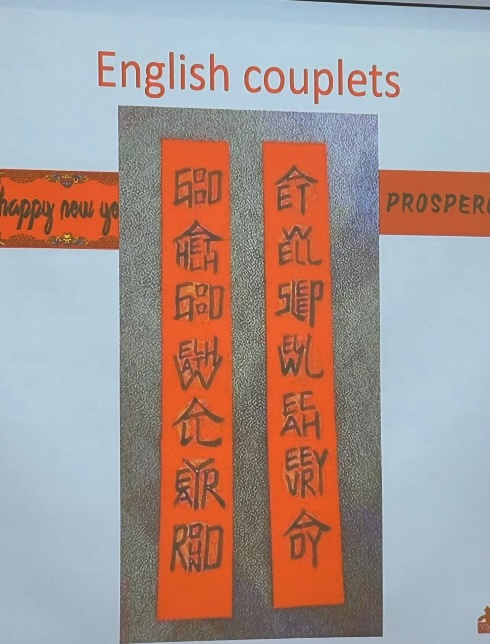Maltese Arabic: Correction?
In Victor's recent post "Arabic and the vernaculars, part 6", he wrote that "I do not include Maltese because of the Romance superstrata". A more elaborate version of this idea can be found in the Wikipedia article, which tells us that
Maltese […] is a Semitic language derived from late medieval Sicilian Arabic with Romance superstrata spoken by the Maltese people. […] Maltese is a Latinized variety of spoken historical Arabic through its descent from Siculo-Arabic, which developed as a Maghrebi Arabic dialect in the Emirate of Sicily between 831 and 1091. As a result of the Norman invasion of Malta and the subsequent re-Christianization of the islands, Maltese evolved independently of Classical Arabic in a gradual process of latinization. It is therefore exceptional as a variety of historical Arabic that has no diglossic relationship with Classical or Modern Standard Arabic. Maltese is thus classified separately from the 30 varieties constituting the modern Arabic macrolanguage.
Both Victor and Wikipedia are somewhat wrong, or at least misleading — and my main evidence for this is an amusing anecdote. So onwards…
Read the rest of this entry »


